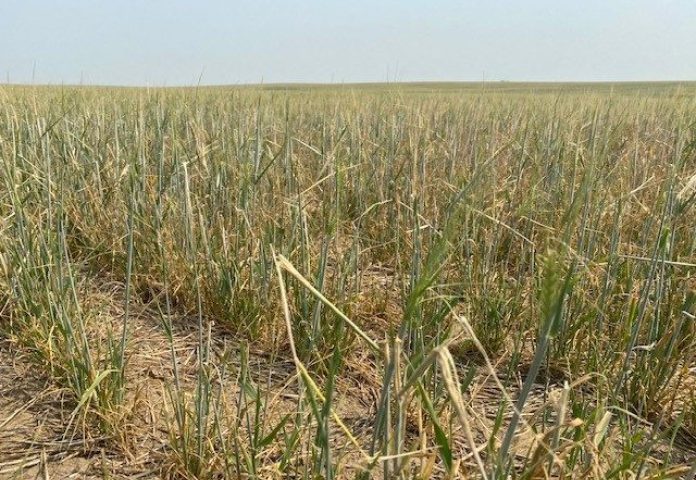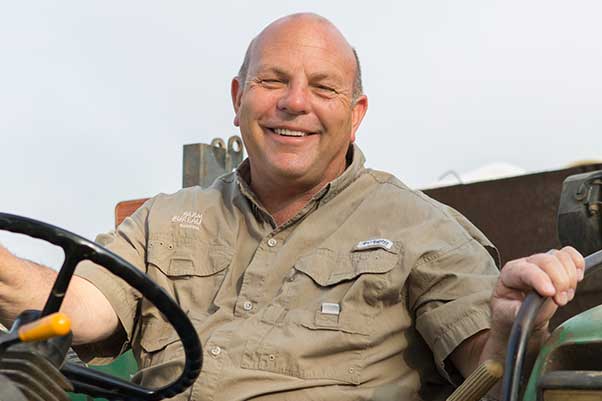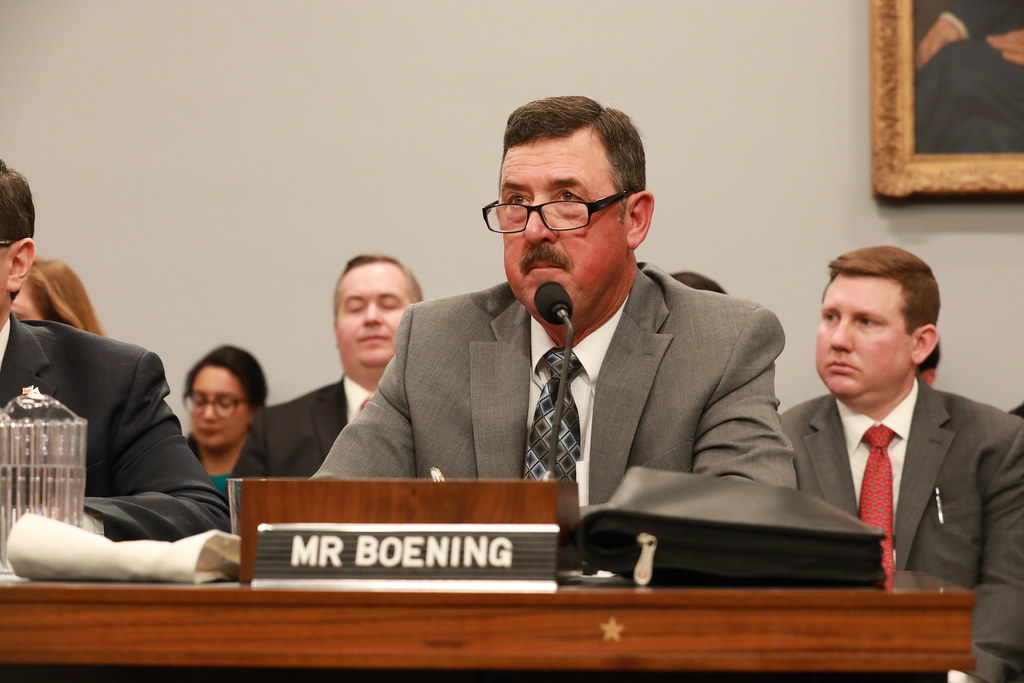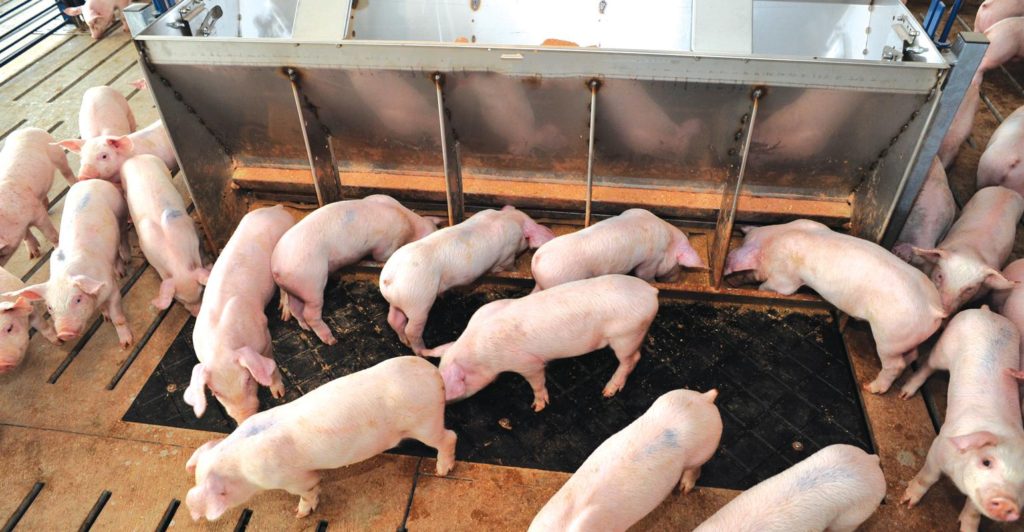Planting questions abound here in the late stages of winter. How many acres of corn, soybeans, wheat, and other crops will get planted in 2022? The acreage battle is a hot topic of conversation in the markets and in coffee shops across rural America. This year’s acreage battle is far from over and actually began last year.
That’s the opinion of Joe Vaclavik of Standard Grain in Nashville, Tennessee. The long-time market expert says this has gone on for months for a variety of reasons, led by fertilizer issues.

“Even going back to last fall, the market was very aware of upcoming fertilizer challenges,” he said on the phone from his Nashville office. “It was widely known that fertilizer prices were rising rapidly and would have an impact on this year’s acreage mix.”
He said for a moment in time, they saw the ratios and new-crop prices seem to favor corn. It appeared the market was trying to buy corn acreage back because of the potential of losing acres due to fertilizer prices. The fact of the matter is no one has a clue what the crop rotations are going to look like.
“There are several well-respected analysts like the University of Illinois that had an estimate of 96 million corn acres,” he said. “That would be an increase near 2.5 million over last year.
“And then, Farm Futures did a customer survey and came away with an estimate of 90 million acres,” he added. “The difference between 96 million and 90 million acres in terms of pricing implications, balance sheets, and fundamentals is phenomenal. Those are two totally-different markets and totally-different worlds.”
In any given year, Vaclavik says trying to predict or estimate what the acreage will be is a near-impossible task. Occasionally, someone will predict accurate numbers, but no one is consistently accurate. There are always “curveballs,” and this year will feature more curveballs than ever.
“This uncertainty doesn’t just apply to corn and soybean acres,” he said. “You have another bunch of crops that also make money for farmers. Spring wheat makes money; oats make money; small grains make money.”
The “other piece of the pie” among the planting questions is that principle crop acreage has trended lower for the last 7-8 years. Things are in a state of flux, and he feels the unknown might actually be more supportive than not for the markets. The fertilizer question and its impact depends on where you’re located.
“I’ve talked to people who have their fertilizer needs covered, and they feel good about the situation,” Vaclavik says. “The thing is that most farmers really don’t want to change their rotations. I did a survey of my customers a while back and most said they’re rarely in favor of switching rotations, if ever.
“If they can stick to their rotations, that’s what they’ll do,” he added. “But it still could be tricky.”
Even a farmer who’s already locked in their fertilizer for the 2022 season can still run into fertilizer problems. Actually, getting the physical delivery of that product could be a different story because of serious supply chain issues.

Corn is also a more input-intensive crop, so farmers can’t have their fertilizer not show up when it’s time get moving on spring planting. While not everyone is going to struggle to get fertilizer, there is still a risk going into springtime. Consequently, fertilizer will be a major deciding factor in answering those planting questions.
Small grains could be an interesting topic in the spring. Vaclavik says he would not be surprised to see more spring grains in the acreage mix. One thing that people might not be talking about a lot is some of the northern United States and even into Canada are still experiencing drought.
“Things are still dry in the Dakotas and over the border in Canada,” Vaclavik said. “They are still in a drought, and that will be an additional factor when it comes to acreage. It all depends on what farmers are comfortable planting into the dry conditions. I know it’s not as bad as last summer, but there is still a drought in that region.
“I haven’t seen a year like this in recent memory where it’s so hard to predict the answers to the planting questions that we’re asking,” he added.
















